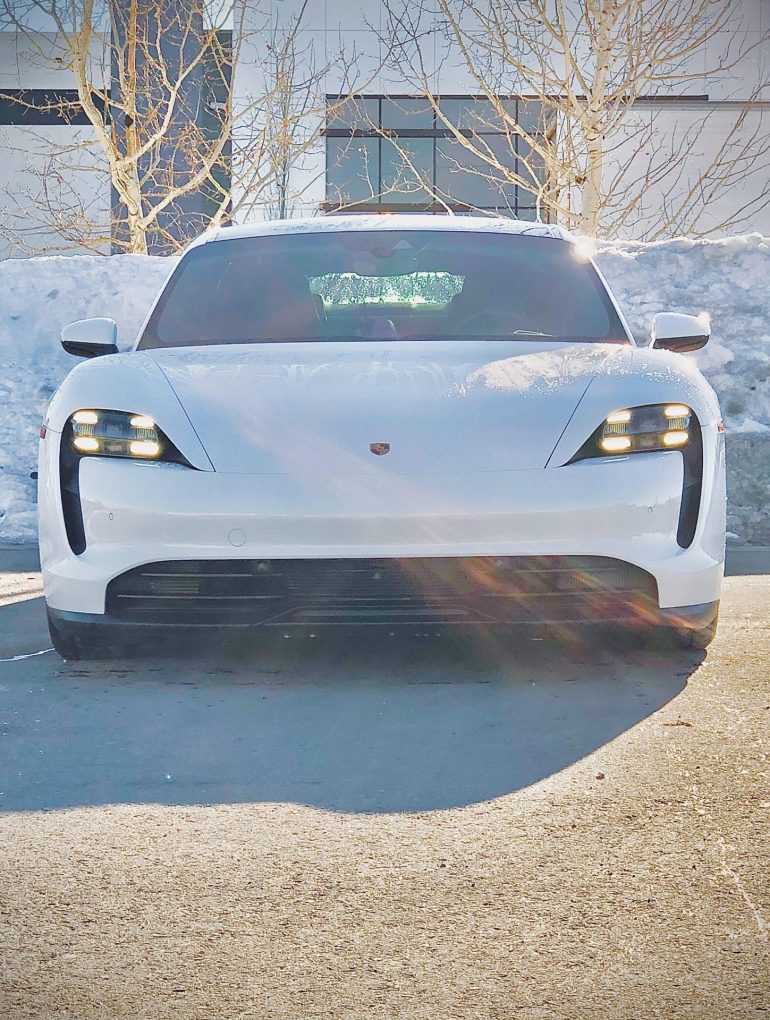Introduction
Hello again! For those of you who have been following “T’s Corner” closely, you would have become quite familiar with my adventures in a 2020 Porsche Taycan 4S. It has now been about 6 months since I first took possession of the vehicle. Along the way I have shared some of my experiences with the car; mainly, what it’s like to drive one on a daily basis, and even how it performed at the race track.
Since I picked up the car in June, this meant I could go pretty gung-ho in first 3-4 months in terms of pushing the performance limits of the car and just enjoying it. In the first month of ownership, I had driven the car almost 3,000 km and had the opportunity to take the car to a local circuit before winter rolled in. Such was the fun that I was having, that taking a deeper dive into challenges with charging, the colder weather that was on its way (which significantly affects range), and the real cost of ownership, were put on the back burner – the latter two of which, just simply required more time to pass.



